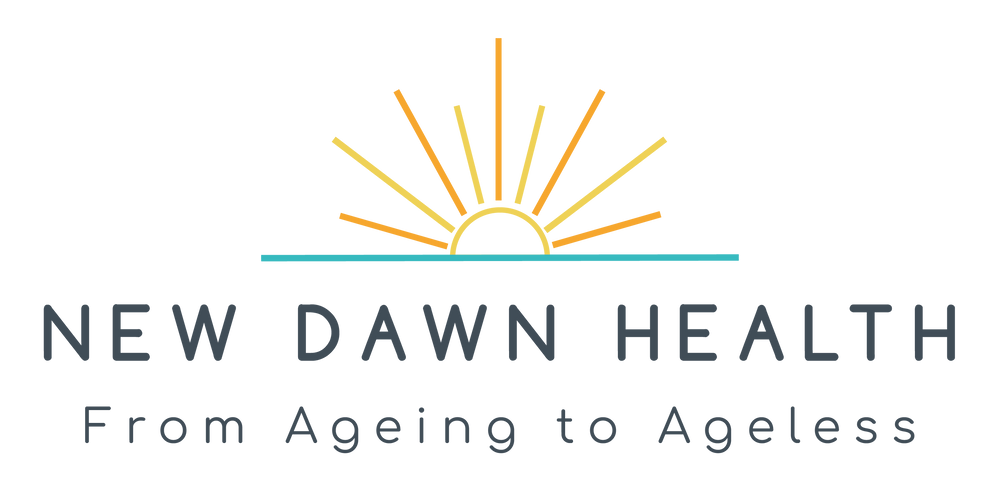National Arthritis Week – 12-19 Oct 2016
In support of helping those with arthritis, I offer this brief review of natural alternatives to painkillers and non-steroidal anti-inflammatories (NSAIDS).
It might surprise you to know that in 2015, the prestigious British Medical Journal (BMJ), published a systematic review and meta-analysis (that means using the most objective research methods possible) stating that Paracetamol was ineffective in the treatment of low back pain and provides minimal short term benefit for people with osteoarthritis1. Not only that, but the more we consume, the greater our risk of stomach, cardiovascular and kidney damage2.
In September this year, another study, also published in the BMJ, looked at 10 million Europeans who took NSAIDs, such as diclofenac, ibuprofen, naproxen. They found that use of these NSAIDs was found to be associated with a 19% increase of risk of hospital admission for heart failure3.
So, what alternative options do we have?
First and foremost, I would recommend moving towards a whole food, unprocessed diet, packed with a rainbow of colourful fruits and vegetables at every meal. Add good quality proteins from oily fish (wild salmon, trout, sardines, mackerel, anchovies) or grass-fed meat or organically raised poultry. Add healthy fats from olives, extra virgin olive oil, coconuts, avocado, ghee (homemade from organic butter), nuts and seeds. Choose smaller portions of carbohydrates from wholegrain varieties, like quinoa, buckwheat, brown rice or sweet potatoes. Simply removing the processed foods, foods high in trans and damaged fats and refined sugary carbohydrates will go a long way to lowering the overall inflammation in your body.
Beyond that, here are two of the best-studied supplemental options.
Curcumin (turmeric)
The spice turmeric contains Curcumin, which is a bright orange-yellow, bioactive phytochemical with beneficial anti-oxidant and anti-inflammatory properties. It works by blocking inflammatory enzymes in our body’s metabolism. Numerous clinical studies have repeatedly proven the effectiveness of curcumin. A good example is a 2014 study, which showed curcumin to be as effective as NSAIDs at reducing key markers of inflammation, in patients with arthritis, yet without unwanted side effects4. Again, a 2016 meta-analysis (study of studies) of 8 well-designed randomly controlled trials (RCT’s) showed that curcumin dampened-down a known metabolic marker for inflammation5.
Whilst you can increase your intake of curcurmin by adding fresh and dried turmeric to your food, it’s very difficult to get enough for it to be therapeutically worthwhile. Supplementation is recommended using micronized powder and in particular the liquid micellar formulation of curcurmin significantly improved our ability to absorb it6.
Omega-3 Fish Oil
There is no disputing that Omega-3 fish oils have been shown in numerous studies to have a positive impact on pain, the joints, arthritis and other inflammatory conditions7. Omega-3 fish oils generally need to be taken for 3 months to build up levels and to experience health benefits.
References
You can read any of these references, simply by copying and pasting the study title into your Google search bar.
- Machado GC, Maher CG, Ferreira PH, Pinheiro MB, Lin CWC, Day RO, McLachlan AJ, Ferreira ML (2015). Efficacy and safety of paracetamol for spinal pain and osteoarthritis: systematic review and meta-analysis of randomised placebo controlled trials. British Medical Journal, 350:1225.
- Roberts E, Nunes VD, Buckner S, Latchem S, Constanti M, Miller P, Doherty M, Zhang W, Birrell F, Porcheret M, Dziedzic K (2016). Paracetamol: not as safe as we thought? A systematic literature review of observational studies. Annals of the rheumatic diseases, 75:552-559.
- Arfè A, Scotti L, Varas-Lorenzo C, Nicotra F, Zambon A, Kollhorst B, Schink T, Garbe E, Herings R, Straatman H, Schade R (2016). Non-steroidal anti-inflammatory drugs and risk of heart failure in four European countries: nested case-control study. British Medical Journal, 354:4857.
- Nakagawa Y, Mukai S, Yamada S, Matsuoka M, Tarumi E, Hashimoto T, Tamura C, Imaizumi A, Nishihira J, Nakamura T (2014). Short-term effects of highly-bioavailable curcumin for treating knee osteoarthritis: a randomized, double-blind, placebo-controlled prospective study. Journal of Orthopaedic Science, 19:933-939.
- Sahebkar A, Cicero AF, Simental-Mendía LE, Aggarwal BB, Gupta SC (2016). Curcumin down regulates human tumor necrosis factor-α levels: A systematic review and meta-analysis of randomized controlled trials. Pharmacological research, 107:234-242.
- Schiborr C, Kocher A, Behnam D, Jandasek J, Toelstede S, Frank J (2014). The oral bioavailability of curcumin from micronized powder and liquid micelles is significantly increased in healthy humans and differs between sexes. Molecular nutrition & food research, 58:516-527.
- Goldberg RJ, Katz J (2007). A meta-analysis of the analgesic effects of omega-3 polyunsaturated fatty acid supplementation for inflammatory joint pain. Pain, 129:210-223.
